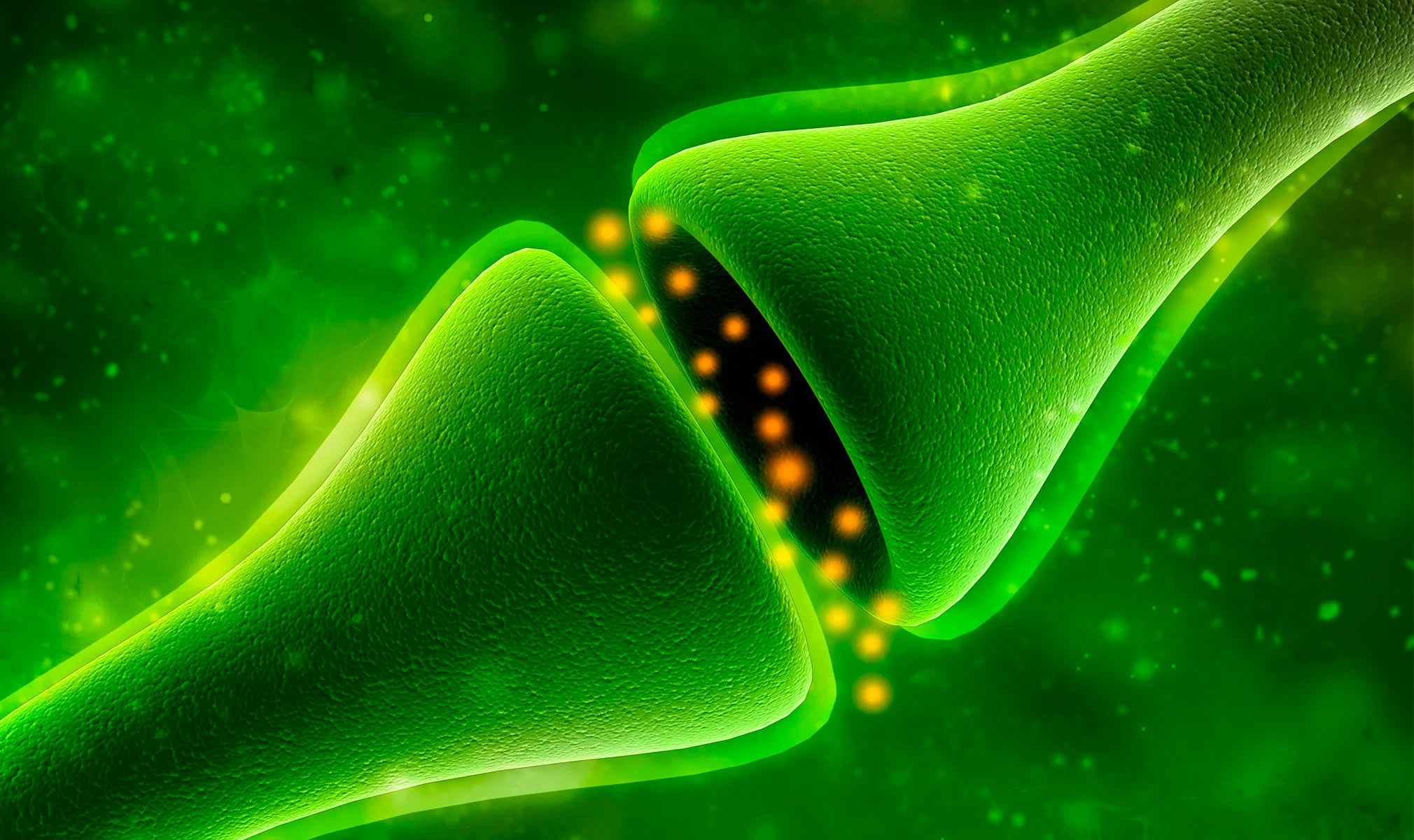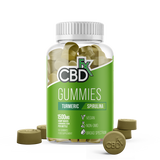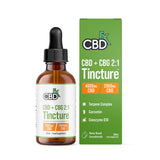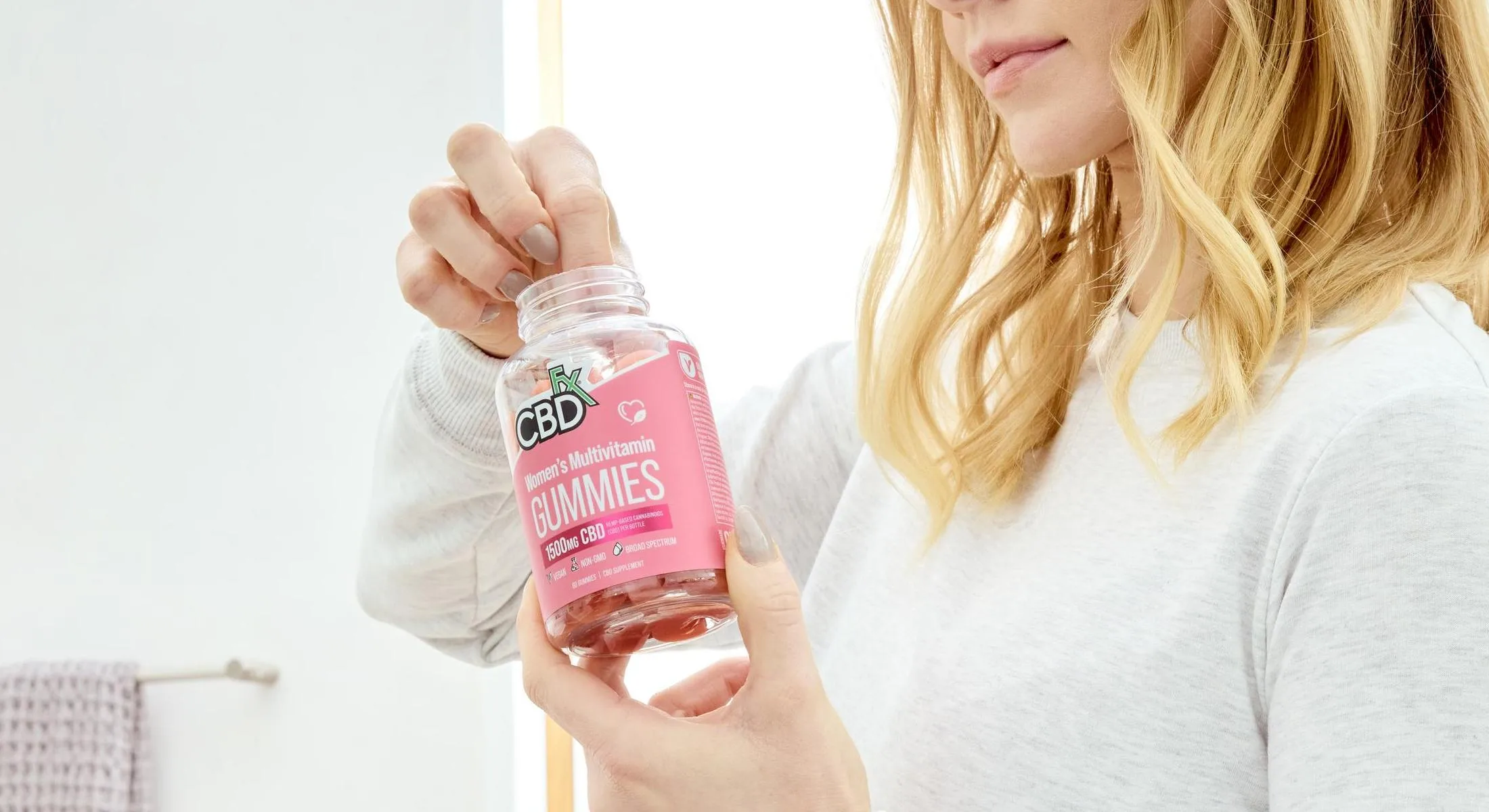Cannabidiol, CO2 extraction, terpenes, endocannabinoid system … in many ways, the world of CBD has its own language. Whether you’re new to CBD or a CBD enthusiast, you’ve encountered terms that have stopped you in your tracks.
Enzymes? Am I in biology class all over again? What’s with all the science?
The endocannabinoid system is one of the biggest mouthfuls in the entire bowl of CBD alphabet soup. What exactly is it, and why should we care? The truth is, the more we know about cannabinoids and the endocannabinoid system, the better we understand what exactly CBD is, and how it works in our bodies.
Good news: this is all very easy to break down and understand, despite the scientific terminology. Let’s begin with the broad strokes and then narrow our focus.
What Is the Endocannabinoid System?
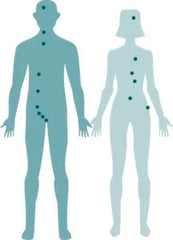
The endocannabinoid system is what’s known as a cell signaling, or cell communication, system. In a cell signalling system, a signal molecule called a ligand breaks off from one cell and binds with a protein called a receptor. This is how messages are carried from one cell to another.
Imagine your mobile sending a message—a ligand—to your friend’s mobile, the receptor.
When the receptor passes the message along to a new cell, a reaction occurs.
Within the endocannabinoid system, messages are passed from molecular compounds called endocannabinoids (ones naturally produced by our bodies) or cannabinoids (ingested compounds from the cannabis plant) to receptors, and certain therapeutic effects are passed along.
The endocannabinoid system is found within the bodies of all animals, from rats to dogs and cats to humans. The endocannabinoid system is integrated with multiple major systems in our bodies, including the central and peripheral nervous systems, and systems that regulate sleep, immune response, digestion, pain, energy, and mood. When any cannabinoid interacts with a receptor in the endocannabinoid system, it produces a result in whatever system that receptor is integrated with.
Endocannabinoids
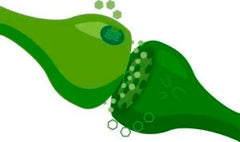
Now that we have the broad strokes on the endocannabinoid system, let’s look at the major players within it. Let’s start by answering the question, “What is an endocannabinoid?”
An endocannabinoid, or endogenous cannabinoid, is a naturally occurring ligand within our bodies. The two main endocannabinoids are Anandamide and 2-ArachidonoylGlycerol (2-AG).
Anandamide gets its name from the Sanskrit word (and name of the Buddha’s close friend), Ananda. Ananda means “joy,” and you can probably imagine why scientists gave Anandamide its name.
This endocannabinoid, while not psychoactive within itself, binds with the same receptors that the psychoactive cannabinoid THC works with. It naturally occurs in most animals, some plants, and … chocolate.
The second major endocannabinoid, 2-AG, is naturally present in our central nervous system in high amounts.
These naturally occurring ligands work therapeutically throughout our bodies.
Cannabinoids in Cannabis
Cannabinoids are similar, except that we ingest them from a source outside our bodies: the hemp plant.
There are around 113 identified cannabinoids within the hemp plant. While the most famous and controversial cannabinoid is the psychoactive compound THC that causes a “high,” there is a multitude of non-psychoactive cannabinoids that impart a wealth of therapeutic benefits that do not cause a “high.”
CBD, or cannabidiol, is the most well-known (and prevalent) non-psychoactive cannabinoid. It’s the reason you’re reading this, and the reason CBDfx is here in the first place. The CBD wellness movement has sparked countless devotees to this unassuming but powerful cannabinoid.
There are some other, less well-known cannabinoids that also have a powerful effect on the endocannabinoid system. Cannabigerol, or CBG, and cannabinol, or CBN, are two of the most commonly used.

CBG (cannabigerol) is also sometimes called the “mother cannabinoid,” because it’s the first cannabinoid that takes form, and it appears early in the development cycle of the hemp plant. It interacts with our endocannabinoid system in a slightly different way than CBD. When combined with CBD to achieve the Entourage Effect, many people find that CBG provides an energizing effect, as with our CBD + CBG Wellness Tincture.

CBN (cannabinol) is actually formed by the aging and breakdown of THC. Unlike THC, it isn’t psychoactive. But, CBN imparts what people describe as tranquil effects, especially when working synergistically with CBD.
In short, there are many cannabinoids that don’t cause a “high,” but do interact with our endocannabinoid system in therapeutic ways.
Receptors
Cannabinoids interact with receptors in our endocannabinoid system to impart their effects. We have two known cannabinoid receptors in our bodies. They’re referred to as CB1 and CB2 receptors. What are they, and what do they do?
CB1 receptors are found in every animal with a spinal cord. They’re primarily found in the brain and central nervous system. In the brain, the endocannabinoid system acts as what is called a neuromodulatory system, playing a role in nervous system development, synapse health, and the body’s response to endocannabinoids.
CB2 receptors are found throughout the peripheral nervous system, immune system, and multiple organs and metabolic tissues. As far back as 1993, scientists studied the links between CB2 receptors and the regulation of inflammation and treatment of autoimmune issues.
As far as the hard science on what exactly happens when endocannabinoid system receptors interface with cannabinoids, we at CBDfx don’t make definitive claims. (Legally, we can’t.) There’s an immense amount of ongoing research on CBD, cannabinoids, and their potential therapeutic impact on the endocannabinoid system, but that research is all ongoing.
Enzymes
Now, we come to the final term in our guide to the endocannabinoid system: enzymes. You’re likely already familiar at least with the word, whether it’s as a vague memory from science class or from use in wellness marketing, from skin care to supplements. Enzymes are proteins that act as catalysts, controlling the speed of chemical reactions. In the case of the endocannabinoid system, enzymes play a part in how cannabinoids are broken down.
There are two enzymes closely associated with the endocannabinoid system. They are monoacylglycerol acid lipase and fatty acid amide hydrolase. Remember the endocannabinoids we discussed earlier? Anandamide and 2-AG? Monoacylglycerol acid lipase interacts mainly with 2-AG, while fatty acid amide hydrolase breaks down anandamide.
Don’t worry, there won’t be a test on this.
The History of the Endocannabinoid System
The history of the endocannabinoid system is essentially the history of life on earth. That’s a little too long for this article. The history of hemp is nearly as long.
However, the history of scientific study of the endocannabinoid system is surprisingly short. Believe it or not, the first endocannabinoid receptor was discovered in 1988 … in a rat.
Soon after, both CB1 and CB2 receptors were found in humans. In 1992, Dr. Lumir Hanus and Dr. William Devane found anandamide and 2-AG, making the link between naturally occurring endocannabinoids and the receptors within the endocannabinoid system.
In the mid-90s, scientists observed how the body produces endocannabinoids in reaction to stress on the body, like head injury or stroke. They saw that 2-AG plays a big role in immune system regulation.
In 1998, the term “Entourage Effect” was coined by scientists who identified that cannabinoids work together synergistically, creating a sum effect greater than its parts. In other words, CBD and CBG work great on their own, but they’re far more powerful when they work together.
In recent years, scientists have studied the effects of cannabinoids on the endocannabinoid system in humans and animals, studying its potential to help with a multitude of health issues. This research is ongoing.
Your Own Endocannabinoid System
While we can’t provide medical advice on how cannabinoids and the endocannabinoid system provide the results that people depend on them for, we can look to anecdotal evidence and our own physical responses.
Trying CBD products for yourself is the best way to understand how they can work for you. Products like CBD Gummies with Turmeric and Spirulina and the CBD + CBG Wellness Tincture combine cannabinoids for the Entourage Effect and also add trusted natural supplements, including curcumin, agave and more.
Products from CBD Multivitamin Gummies to CBD Pain Cream provide a useful variety of ways to work the healthful benefits of CBD into your own daily regimen.
To learn more, be sure to check out some of our other articles on the endocannabinoid system and cannabinoids like CBD, CBG, CBN, and other important cannabinoids, as well as terpenes.
Whether you’re looking for the “chill” CBD is known for or seeking targeted relief for sore muscles, or even just a relaxing CBD Bath Bomb to wind down from a long day, there is a CBDfx product that can help you see just how much CBD might do for you.
Main Takeaway
Now, you understand how CBD moves and functions in your body. Furthermore, you know that some people have lower levels of naturally occurring endocannabinoids. So, if you’re not feeling your CBD the way you think it should be, then make sure you pair your daily serving with a fatty meal like salmon, tuna, or avocado.
So, there we have it, folks. This is the secret weapon behind your CBD experience. We know some CBD topics are hard to understand, full of clunky, scientific words, but hopefully, we broke this information down and made it easier to grasp!
Try our CBD Soft Gel Capsules, formulated with MCT oil for greater absorption and effectiveness!
